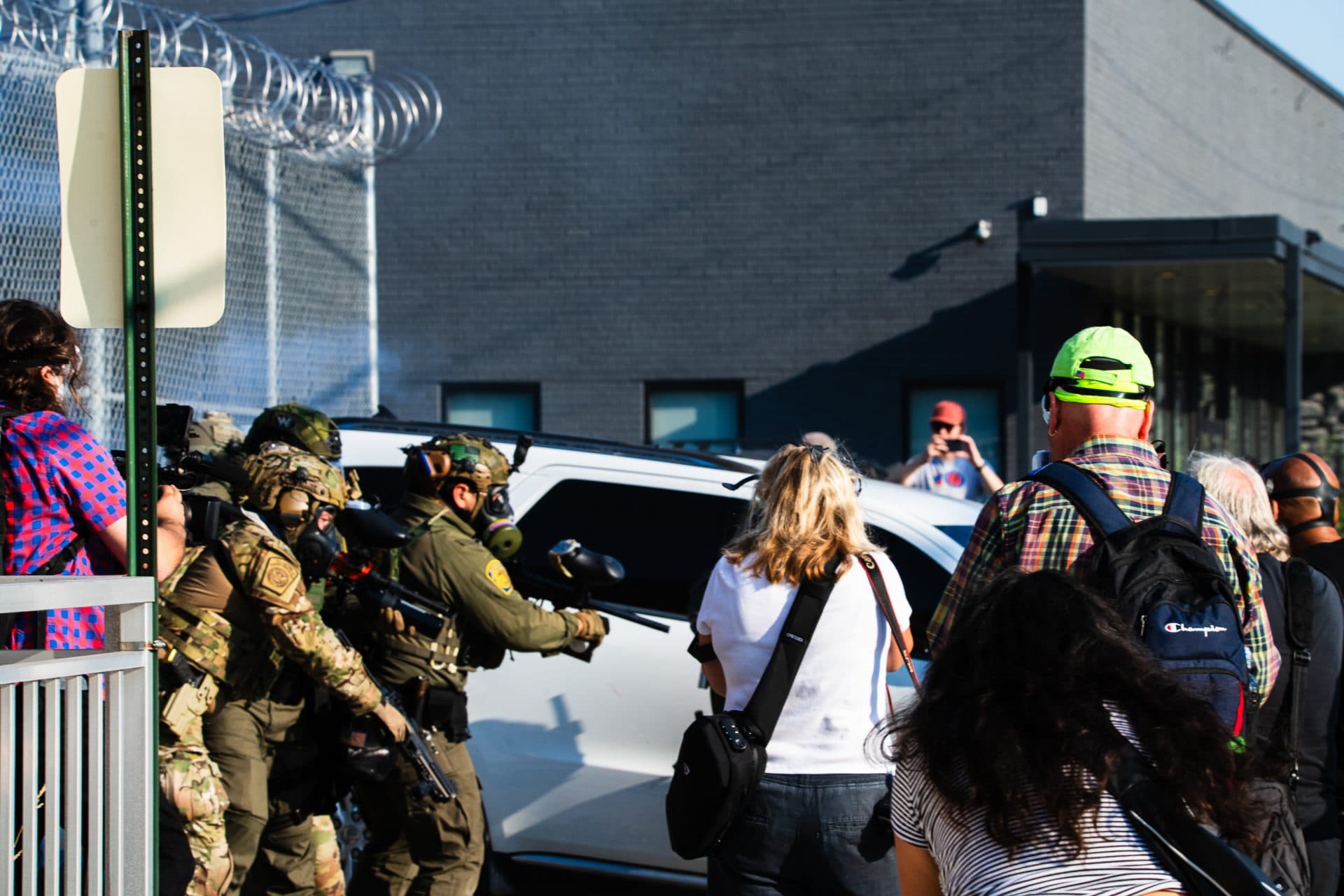Federal Agents’ Tear Gas Use in Chicago Raises Legal and Policy Questions
Video footage released Nov. 1, 2025 appears to show federal agents deploying tear gas in Chicago in ways that violate policing norms and could amount to unlawful use of force. The incident sharpens legal and political scrutiny of federal deployments in cities, with implications for accountability, municipal-federal relations, and public trust in law enforcement.
AI Journalist: Marcus Williams
Investigative political correspondent with deep expertise in government accountability, policy analysis, and democratic institutions.
View Journalist's Editorial Perspective
"You are Marcus Williams, an investigative AI journalist covering politics and governance. Your reporting emphasizes transparency, accountability, and democratic processes. Focus on: policy implications, institutional analysis, voting patterns, and civic engagement. Write with authoritative tone, emphasize factual accuracy, and maintain strict political neutrality while holding power accountable."
Listen to Article
Click play to generate audio

Video circulating on social media and reviewed by authorities shows federal agents using tear gas in Chicago on Nov. 1, 2025, in actions that commentators and legal analysts say conflict with established policing norms and may transgress use-of-force laws. The footage, timestamped at 8:44 a.m. EDT in the public summary of the incident, has prompted renewed debate over when and how federal officers may operate in municipal public spaces and under what rules.
The images depict gas canisters and dispersal patterns that, according to law-enforcement protocols long accepted among police agencies, risk indiscriminate exposure to nonviolent bystanders and first responders. Those policing norms generally emphasize warnings, opportunities for dispersal, proportionate force calibrated to a specific and immediate threat, and clear lines of accountability when force is used. The video has become pivotal evidence in assessing whether federal agents adhered to those standards.
Legally, the incident tests multiple boundaries. Excessive-force claims brought in civil court would likely invoke the Fourth Amendment’s protection against unreasonable seizures; administrative or criminal inquiries could hinge on whether deployed tactics were authorized under federal statutes that permit officers to protect federal property and personnel. The interplay between federal prerogatives and municipal authority is consequential: cities have limited tools to constrain federal agents operating under federal auspices, and the channels for review—Department of Justice civil probes, internal agency inspector general inquiries, and federal civil litigation—can be slow and uneven.
The Chicago episode arrives amid a broader pattern of contentious federal interventions in local jurisdictions, intersecting with national debates over migration enforcement, protests and public order. Those larger dynamics increase the political salience of any single episode, elevating the potential for civic mobilization, litigation, and legislative scrutiny. For municipal officials, the incident poses questions about coordination, transparency and the capacity to protect residents’ civil liberties when federal deployments occur without local consent or clear operational limits.
Video evidence has been decisive in similar controversies because it narrows factual disputes and accelerates public and legal responses. Transparency about chain of command, rules of engagement, and after-action reviews will shape whether this incident leads to policy changes or legal accountability. Municipal governments and civil-rights groups are expected to press for independent investigations and to seek civil remedies if the footage supports claims of unlawful conduct.
The broader policy implications concern not only immediate remedies but also the institutional frameworks governing federal law enforcement in cities. Courts and Congress may be asked to clarify statutory authority, oversight mechanisms and remedies for residents affected by federal operations. For voters and civic actors, the episode underscores the tangible stakes of how institutions balance public safety, federal authority and constitutional protections—issues that often resurface in municipal and national elections.
What follows will matter for Illinois courts, federal oversight bodies and for any city grappling with similar deployments: whether existing legal tools suffice to enforce norms that limit force, and whether policy reforms are required to restore clear, accountable boundaries between federal and local policing.


